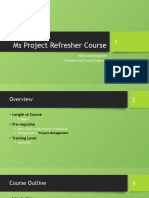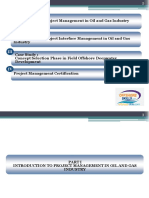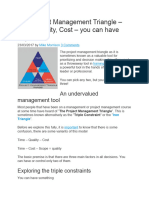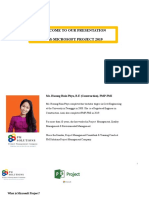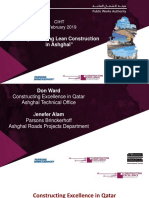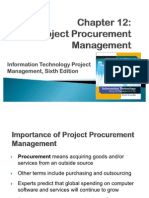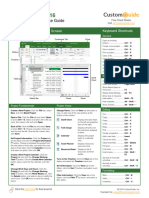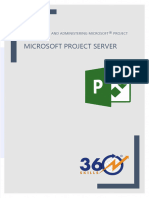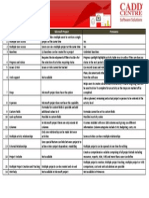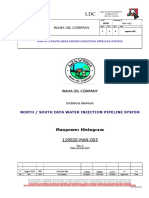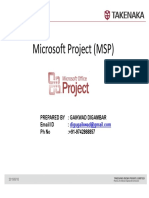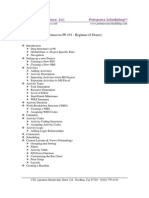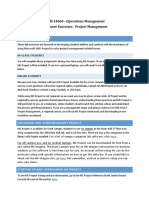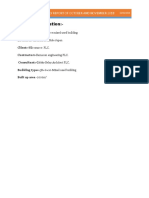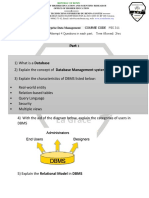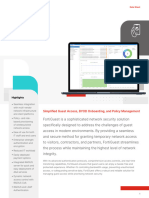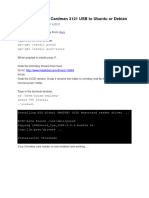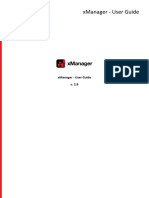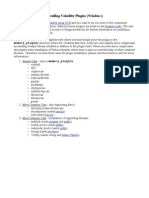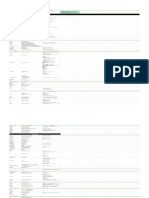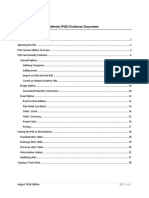0% found this document useful (0 votes)
268 views32 pagesMicrosoft Office Project Training Manual.....
This document provides a manual for using Microsoft Project software to plan and manage projects. It covers topics such as starting MS Project, creating a new project plan, entering tasks and organizing them into phases, estimating task durations, linking tasks, and assigning resources to tasks. The manual emphasizes that MS Project is a tool that supports project managers but does not replace the need to carefully plan out tasks, durations, dependencies and resource requirements. It also provides instructions on adjusting views, calendars, timescales and other settings within the MS Project interface.
Uploaded by
አንተነህ ኃይሌ ክንፈገብርኤልCopyright
© © All Rights Reserved
We take content rights seriously. If you suspect this is your content, claim it here.
Available Formats
Download as DOC, PDF, TXT or read online on Scribd
0% found this document useful (0 votes)
268 views32 pagesMicrosoft Office Project Training Manual.....
This document provides a manual for using Microsoft Project software to plan and manage projects. It covers topics such as starting MS Project, creating a new project plan, entering tasks and organizing them into phases, estimating task durations, linking tasks, and assigning resources to tasks. The manual emphasizes that MS Project is a tool that supports project managers but does not replace the need to carefully plan out tasks, durations, dependencies and resource requirements. It also provides instructions on adjusting views, calendars, timescales and other settings within the MS Project interface.
Uploaded by
አንተነህ ኃይሌ ክንፈገብርኤልCopyright
© © All Rights Reserved
We take content rights seriously. If you suspect this is your content, claim it here.
Available Formats
Download as DOC, PDF, TXT or read online on Scribd
/ 32




